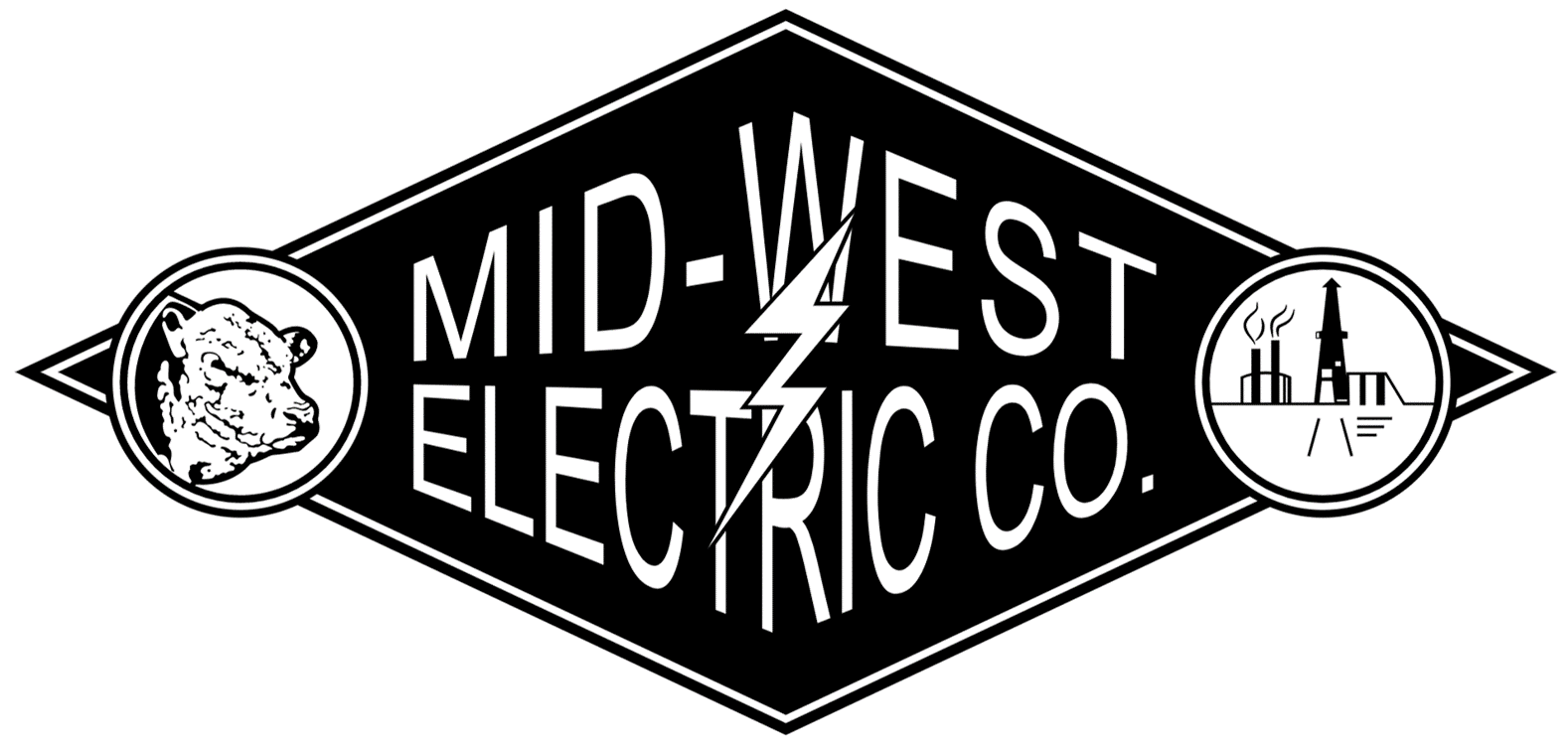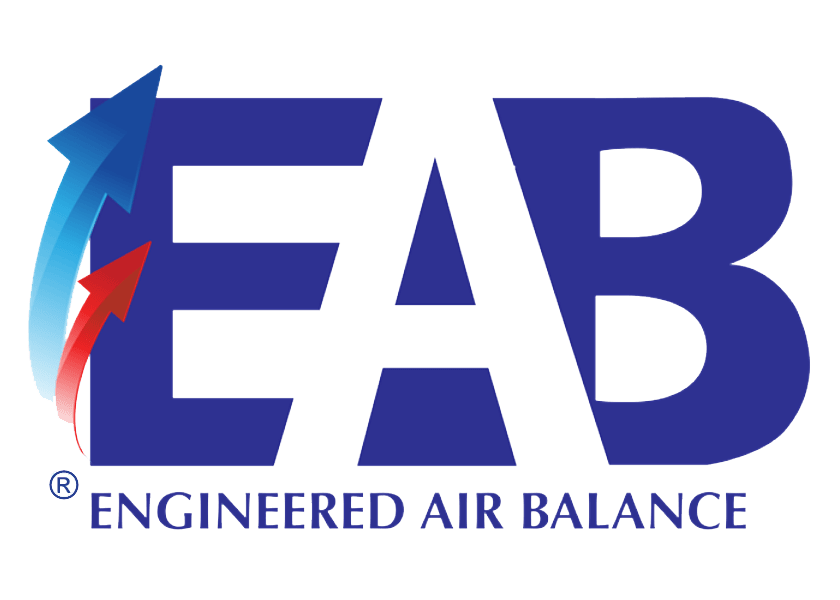Staying competitive and successful in our fast-paced world requires more than just innovative ideas; we must understand how new initiatives impact our employees by considering their culture, values, history, and capacity for change. After all, our employees are the ones who bring these initiatives to life through their daily activities. Effective leadership through meaningful communication can ensure the success of new initiatives and achieve our desired outcomes.
Understanding Different Organizational Perspectives
One of the first things we need to recognize is that the perspectives of executives, project managers, and front-line employees differ significantly. Understanding these differences is crucial for the successful implementation of initiatives. Let’s break it down:
Executives
As executives, your primary focus is on the swift implementation of new initiatives and the results they yield. You’re deeply aware of the business issues facing the organization and are accountable for its financial performance. Your priority is to see quick and effective results that align with the company’s overall strategic goals. The key metrics of success for you are often financial and operational outcomes.
Project Managers
Project managers are the bridge between executives and employees. You’re responsible for designing and leading new initiatives, ensuring that they align with the executives’ strategic vision while also addressing the practical concerns of front-line employees. Your role involves balancing strategic goals with operational realities to ensure effective implementation.
Front-Line Employees
Front-line employees’ focus is on day-to-day tasks and responsibilities. They might not have detailed insights into the overarching business strategy and don’t share the same accountabilities as executives. For them, the immediate impact of new initiatives on daily work is paramount. Clear guidance and support are necessary to adapt to new processes and systems.
The Power of Effective Communication
Given these varied perspectives, the success of new initiatives heavily relies on effective leadership communication. Leaders must clearly convey “why it matters” to all levels of employees to ensure that effort and purpose are aligned. Effective communication involves sharing not only the “what” but also the “why it matters” behind initiatives.
Achieving Strategic Alignment Through Communication
To align people and work strategically, we need a structured and clear communication approach. Here are some key strategies:
- Team Communication Structure and Meetings Map: Establish a regular communication framework to keep everyone informed. This involves scheduled meetings at all levels where progress, challenges, and feedback can be discussed.
- Planned Communication for Major Events: For significant milestones or changes, planned communication is essential. This might include all-hands meetings, detailed emails, or dedicated project update sessions.
- Clear Displays of Progress and Scoreboards: Visual representations of progress help keep everyone on the same page. Scoreboards and dashboards that track key performance indicators (KPIs) and milestones can be highly effective in maintaining transparency and motivation.
- Utilization of Candid Feedback: Encouraging and utilizing feedback from employees helps leaders understand the ground realities and make necessary adjustments. Candid feedback mechanisms such as surveys, suggestion boxes, and open forums can provide valuable insights.
In the end, the success of your new business initiatives is profoundly influenced by how well your leaders communicate the strategic importance. By clearly articulating “why it matters,” and aligning the efforts and purposes of executives, project managers, and front-line employees, your teams can ensure that new initiatives are implemented effectively and achieve the desired outcomes. The clarity of messaging that explains the “what” and “why it matters” is crucial for motivating your employees and fostering a shared commitment to organizational goals. Through effective communication structures and feedback mechanisms, your leaders can bridge the gap between different organizational levels and drive your business toward sustained success.














































